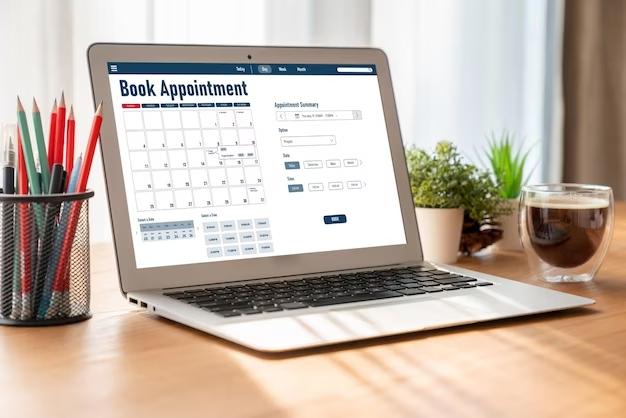The sales and marketing of a traditional brick-and-mortar retail outlet is certainly very tough and time-consuming thing. Also, it often demands extensive effort on your part. But, thankfully, the advancement in technology and high internet penetration rate have given rise to a new style of retail shopping. Yes, it’s E-COMMERCE. The online sale & purchase of goods has made life easier for global customers. It actually helps them to shop within the confines of their homes.
It’s very obvious that the high popularity of e-store shopping has amplified the need for E-store translation. As companies effectively reach out to billions of E-store buyers all over the world, the need to get accurate E-store translation is gaining momentum. Moreover, considering the statistics, the global e-commerce market has expanded significantly. And not surprisingly, this growth is further expected to increase to USD 4.9 trillion by the end of 2024.
Companies across the world have a huge opportunity to grow their E-commerce businesses through translation and localization. But how can a company approach E-store translation to boost its online sales? We look at some best practices.
Best Practices for E-store Translation
Did you know that almost 76% of online customers prefer to buy products from websites that are translated into their native languages? Capitalizing on such a huge market is an opportunity no business will want to miss. These are the best practices for translating an E-store business:
Research before you step out
If you are a retail business and want to grow your global sales, gaining knowledge of the global customer’s preferences is a must. Research is important as it allows an E-commerce business to leverage the insights from other markets to tailor its offerings. Additionally, an e-commerce business may want to survey a foreign market and come up with answers to the following questions:
Where do the current websites visitors belong to? If you notice global customers browsing your websites but not making any purchases, it may be time to translate the website. Here, a professional localization project management platform can be of great help.
What are the gaps in the market? What are the missing “products/ services” that are invoking unmet needs of the target customers? If you can find the unmet need, your e-commerce business can fill that gap.
Consider localization, not translation
A multilingual ecommerce store goes beyond just a literal translation from one language to another. It involves adaptation of cultures, languages, images, and other factors according to the needs and demands of the target consumers. An ecommerce store needs to build a strong relationship with its foreign customer by tailoring its website and offerings according to the target audience. This connection is possible only when an ecommerce store thinks not just about translation, but about localization management platform as well.
Localization of an ecommerce store can be achieved by using images and elements which reflect the culture of your target customers. In addition, product descriptions and demo videos can be translated in multiple languages to encourage customers to purchase from the e-store. Finally, you can go a step further and see which functional aspects of your e-store you can change to fit the preferences of the target customers.
Lay out a translation plan for your content
Once you have an idea of how to localize your e-store according to the target markets, it is time to lay out a plan for your e-store website. This plan will include the products, offerings, and layout of your e-store that are commonly purchased in your target market. For example, an ecommerce store may want to remove some food items from its store that contain “alcohol” preservatives, as it is banned in Middle Eastern countries.
Look for other touchpoints that you have with your e-store customers. These can be emails that your customers receive after they place an order on your store, as well as promotional emails that you send to subscribers of your website. Additionally, other content to translate are website sections, quotation pages, terms and conditions, refund policies, privacy policies, customer reviews, and blogs. Moreover, you can reach out to a professional localization agency with a robust order management system to aid you in planning your translation outline.
Optimize your e-store website design
Another factor that an e-store business must keep in mind is the design of its website. Not all customers like the same website design that you have for your e-store. The key to attaining success in another market is to alter your website design which appeals to your target customer. This is the reason why you need to make your website design as user-friendly as possible. Focusing on providing an easily navigable website can do wonders for your e-store business.
Take special care to offer a clear and easy way to switch between languages. You can use icons of flags or language codes to allow customers to choose their preferred language. Adapt your website layout, colors, fonts, and images according to different language requirements. For instance, some languages take up more space than other languages on a website. This means you need to adjust the layout of your website accordingly. In addition, ensure your website loads easily on multiple devices to allow customers to place orders easily.
Conclusion
As technology advancements occur and international companies reach out to global customers the traditional modes of retail shopping are changing. Customers now prefer to shop from e-stores within the confines of their homes. Therefore, e-store businesses need to translate and localize their e-store websites according to the preferences of target markets. This will allow them to offer a customized and tailored product offering to the global customer with ease.




